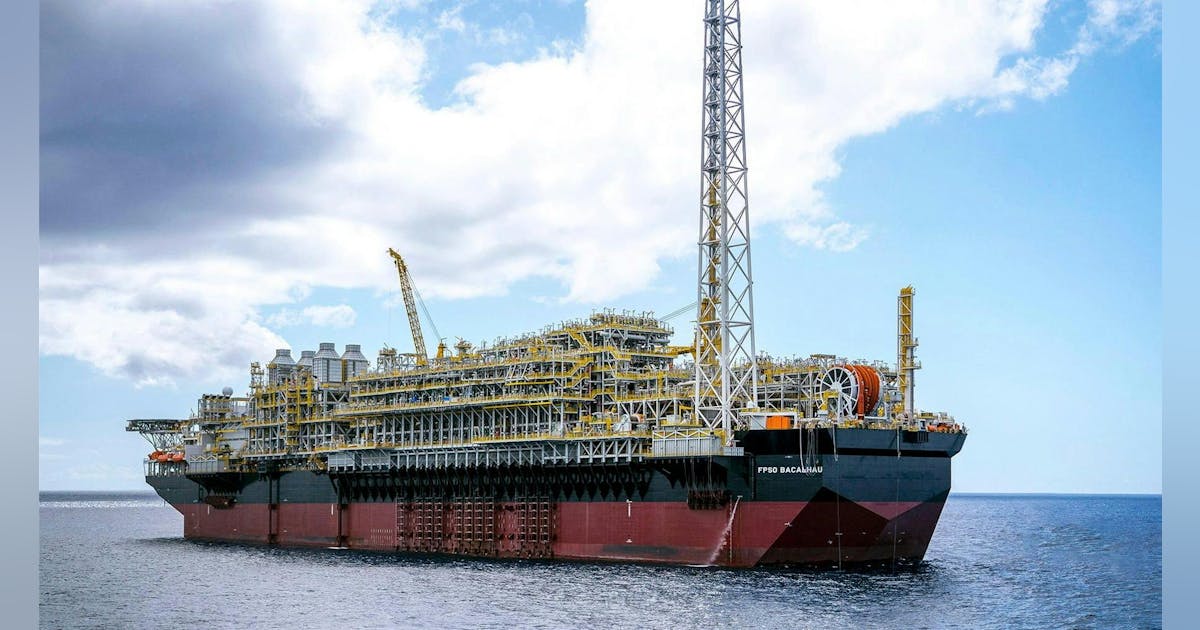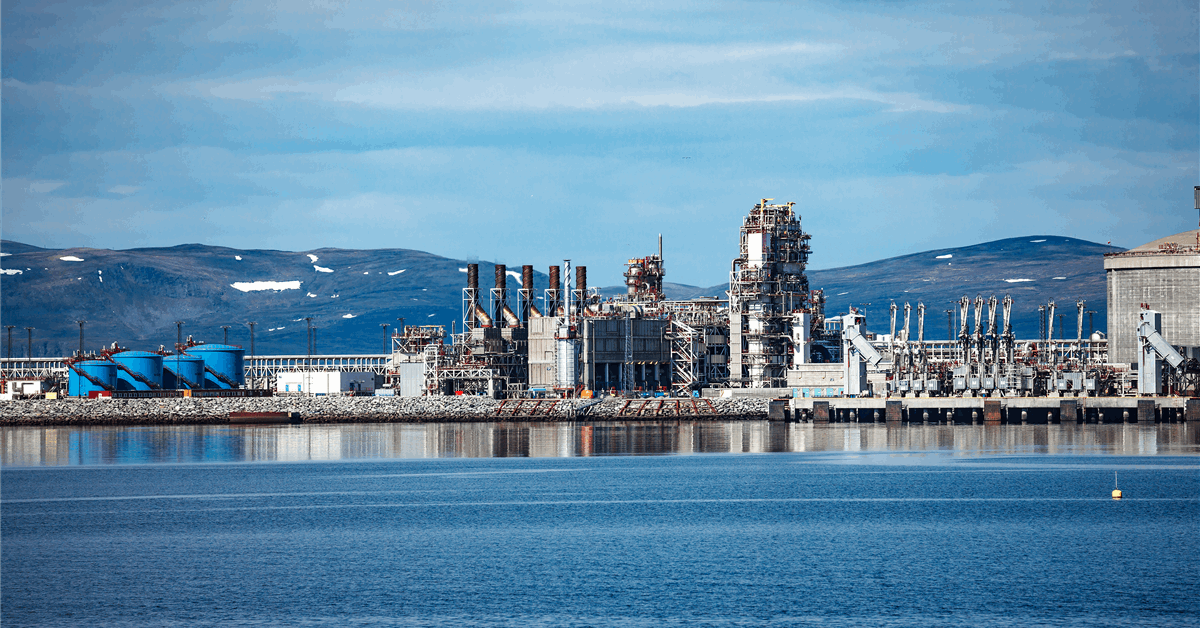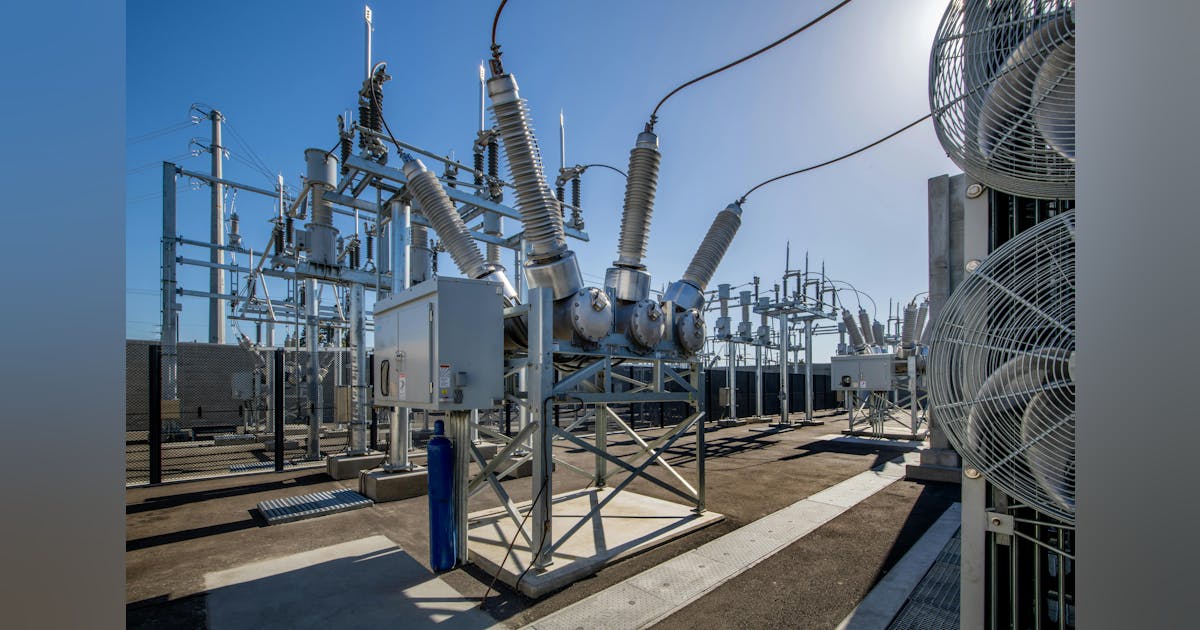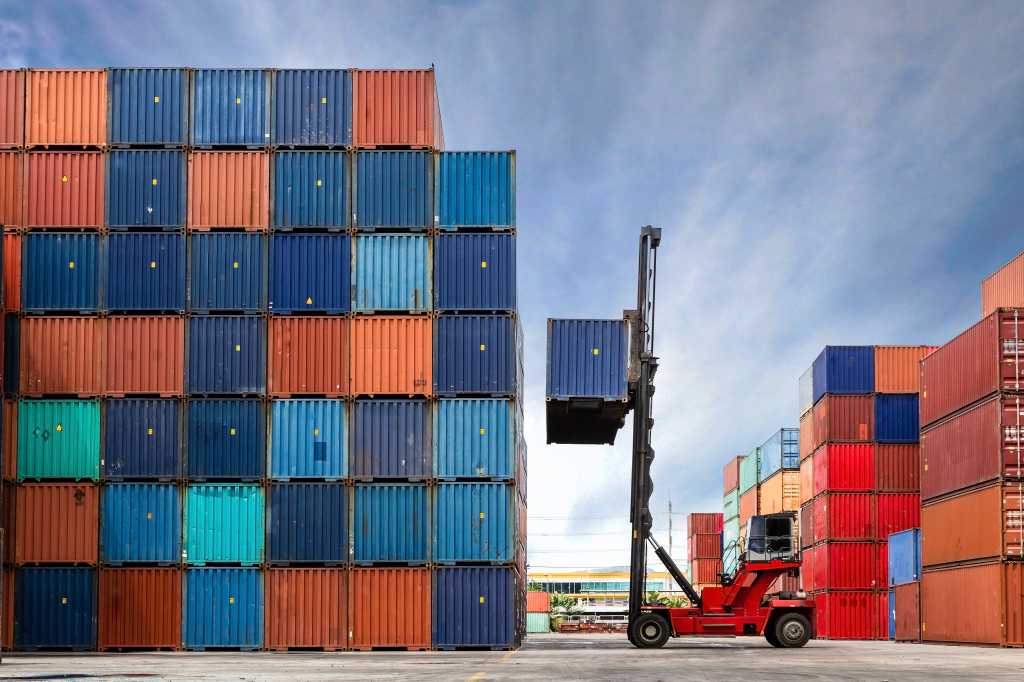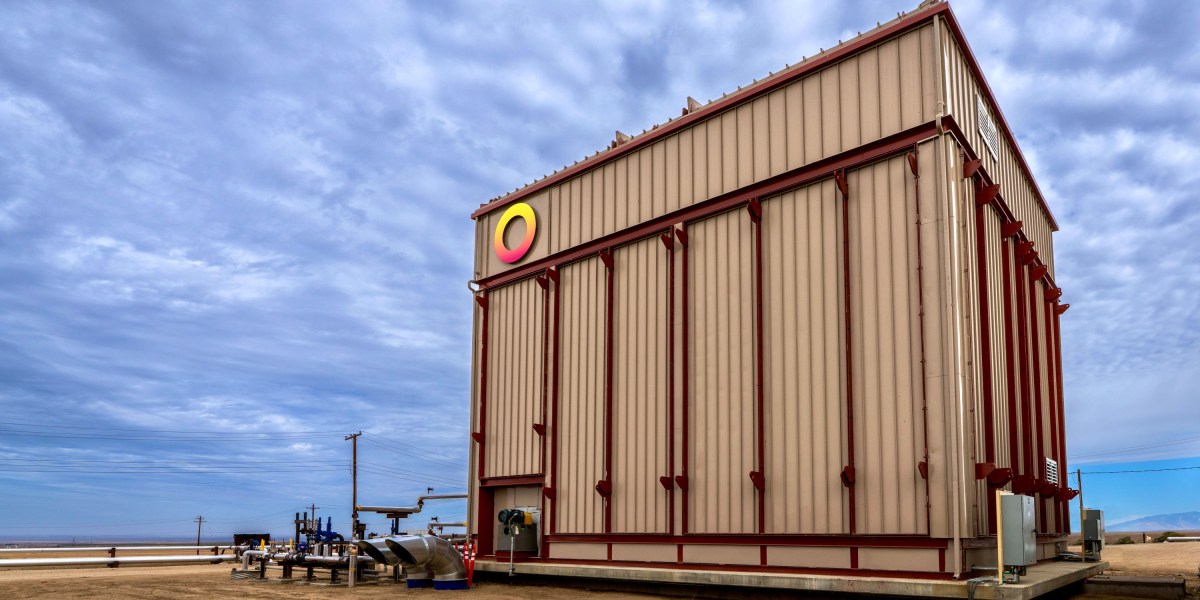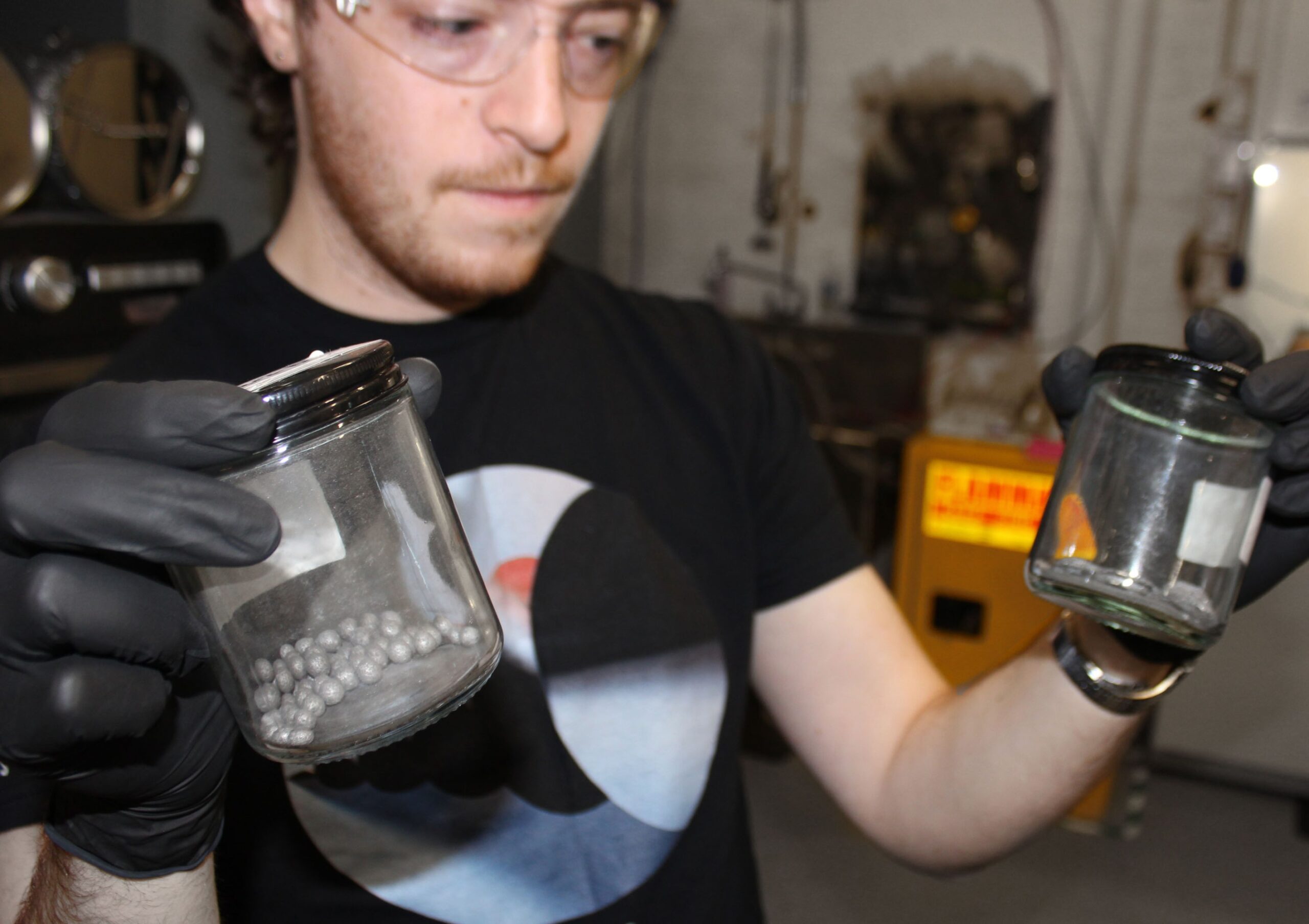
(Update) October 23, 2025, 8:25 AM GMT+1: Article updated with European Commission comment.
The energy chiefs of leading liquefied natural gas (LNG) exporters Qatar and the United States on Wednesday addressed a letter to European Union heads of state calling for the removal of provisions in the Corporate Sustainability Due Diligence Directive (CSDDD) that they say curtail LNG trade.
The directive does not single out the LNG sector, or the energy industry. It compels any “large” EU company or that sources revenue from the EU to, as per the words of the European Commission, “identify and address adverse human rights and environmental impacts of their actions inside and outside Europe”.
According to the latest amendment to the CSDDD adopted by the European Parliament and Council on April 14, 2025, the new rules will not take effect for companies until 2028. That is a year after EU member states are required to transpose the directive into their national laws.
However, the U.S. and Qatar expressed concern over a lack of engagement on the EU side over “unintended consequences for LNG export competitiveness and the availability of reliable, affordable energy for EU consumers”, according to the letter.
“We have consistently and transparently communicated how the CSDDD, as it is worded today, poses a significant risk to the affordability and reliability of critical energy supplies for households and businesses across Europe and an existential threat to the future growth, competitiveness and resilience of the EU’s industrial economy”, U.S. Energy Secretary Chris Wright and Qatar Energy Affairs Minister Saad Sherida Al-Kaabi said in the open letter, shared on the U.S. Energy Department’s website.
It said an omnibus revision package proposed by the European Commission to make the CSDDD workable for affected companies “falls grossly short of its aspirations”.
“The EU and its member states must now act swiftly to address these legitimate concerns, either by repealing the CSDDD in its entirety or removing its most economically damaging provisions”, the letter stated. In particular, we urge reconsideration of Article 2, on the Directive’s extraterritorial application; Article 22, on transition plans for climate change mitigation; Article 27, on penalties; Article 29, on civil liability of companies.
“Together, these provisions pose significant challenges and seriously undermine the ability of the American, Qatari and broader international energy community to maintain and expand their partnerships and operations within the EU”.
“Beyond the direct energy security risks, the CSDDD also threatens to disrupt trade and investments across nearly all the EU’s partner economies”, the letter claimed. “Its implementation could jeopardize existing and future investments, employment and compliance with recent trade agreements”.
Under the “framework agreement” on trade between EU countries and the U.S., the EU intends to buy American LNG, oil and nuclear energy products with an expected offtake value of $750 billion through 2028, according to a joint statement August 21, 2025.
“These concerns are widely shared among the global business community; they extend far beyond the energy sector and are not limited to the U.S. and Qatar”, the letter added.
“We urge EU leaders to take immediate, decisive action by reopening substantive dialogue with your global partners, including the United States and Qatar, and the wider international business community, to address these critical provisions in the CSDDD”, it said.
In response to the letter, the European Commission stood firm with its proposed revisions in February and said it has “not committed to change the CSDDD or grant U.S. companies more favourable treatment under this regulation or any EU regulation”.
“It should be noted that concerns [and] issues outlined in the letter have already been expressed by the U.S. in the context of our ongoing trade talks”, the Commission said in reply to Rigzone’s comment request.
“These talks are focused on implementing the commitments laid out in the EU-US Joint Statement, as well as addressing any other trade or trade-related questions.
“As a general principle, the EU and U.S. have agreed to look at ways to cut red tape. In particular, the Commission has presented its ongoing work to simplify EU legislation and reduce administrative burden, including as it relates to third countries and businesses.
“We have committed to ensure that the Corporate Sustainability Due Diligence Directive does not pose undue restrictions on trans-Atlantic trade.
“The guiding principle of our discussions with the U.S. has been to ensure that the CSDDD Directive does not result in an unnecessary administrative burden, especially for small and medium enterprises.
“On 26 February 2025, the European Commission presented a first package of proposals to simplify EU rules, including the Corporate Sustainability Due Diligence Directive. The Commission’s proposal is now with the co-legislators. It is now for them to negotiate and adopt the substantive simplification changes proposed by the Commission.
“We have also agreed to discuss with the U.S. issues of relevance to the implementation of the CSDDD, such as efforts undertaken by U.S. companies to comply”.
To contact the author, email [email protected]



